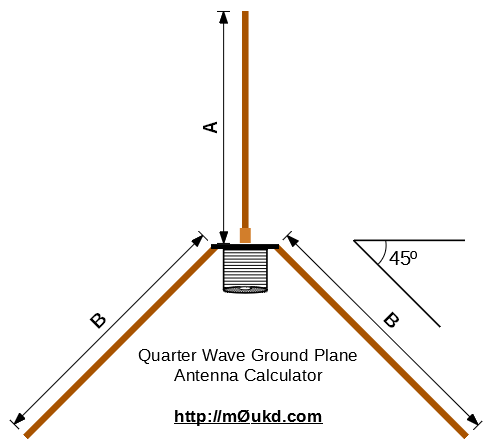Quarter Wave Box Calculator 21

Outline • • • Quarter-wave transmission line speakers employ enclosures that are tuned to provide low-frequency extension for the speaker driver. There are several types of transmission line enclosures and one of the more popular ones is the mass loaded transmission line (MLTL). Basically, an MLTL is a quarter-wave transmission line enclosure with a port.
Now, some may argue that this is a bass reflex enclosure – and the line is indeed a bit blurry. However, rather than engaging in a lengthy discussion on naming conventions, I will use the term MLTL to describe a ported quarter-wave enclosure. Thanks to a collection of MathCad programs developed by, Mass Loaded Transmission Line (MLTL) speakers are now relatively straight-forword to design for the DIY audio enthusiast.
Inspired by debates on the Internet about quarter wave designs with Tang Band 3˝ full-range drivers, the author decided to design its own quarter wave loudspeakers. This article was published in audioXpress, March 2007 and the results were simply spectacular, generating worldwide interest. When honestly, 1/4 wave theory is easier than trying to calculate port dimension with no program. Anyone with simple 8th grade- no scratch that, 6th grade level math can calculate tline enclosure dimesnions.
If you do not have access to MathCad, MathSoft makes a MathCad viewer available, which allows you to work with the programs and perform all the needed simulations. You just cannot save your results. For details, as well as other options for how to obtain MathCad, see. This page is intended as a “Getting Started Guide” for MLTL design.
It is aimed at the DIY speaker designer who is already familiar with MathCad and able to work with Martin J. King’s programs. It is intended as an implementation of design procedure as outlined in the “” thread on DIY Audio and a first draft of a speaker design. Further optimization is likely needed.
Driver Selection I happen to have spent quite a while lately drooling over the. I have listened to speakers that used the Alpair 10.3 with metal cones. I really liked the sound, though, the metallic cones bother me. The provide a boost in the mid treble that I don’t care so much for. The cones are also really fragile. However, the newly available version with paper/fiber cone piqued my interest. The Alpair 10 is classified as a 6″ driver measuring 164 mm in diameter.
Much of the diameter is taken up by the surround and mounting flange. The effective area, Sd, of 88.25 cm² converts to a diameter of 4.2″. Enclosure Design Procedure For MLTLs, there are three fundamental choices: Tapered with narrow top, straight pipe, or tapered with wide top. MLTL Type Top Area Bottom Area Driver Position Ratio TQWT 1•Sd 4•Sd 0.40~0.50 Straight 4•Sd 4•Sd 0.25 Conventional 4•Sd 1•Sd 0.20 Source:. Elite volare mag lite indoor trainer manual. With the MathCad programs it is trivial to try the different types of enclosures. For each taper, work through the design procedure and pick the configuration that provides the smoothest frequency response.
According to Bob Brines, drivers with Qts.
Posted on Wednesday, November 04, 2009 - 15:03 GMTMe and my buddy researched t-line box builds after we went to a local car audio shop and had the owner explain tried to explain them to us. It is actually considered a quarter wavelength box and the port is roughly 7 feet long. The port area had to equal the cone surface We put a power acoustik mofo in the tline box and it was louder than 3 mofo's in a ported box 7 cubes tuned to 34 hertz. I know we need better equipment, but hey we're poor kids lol. Its 3/4 mdf, 45'd all the corners in the port.